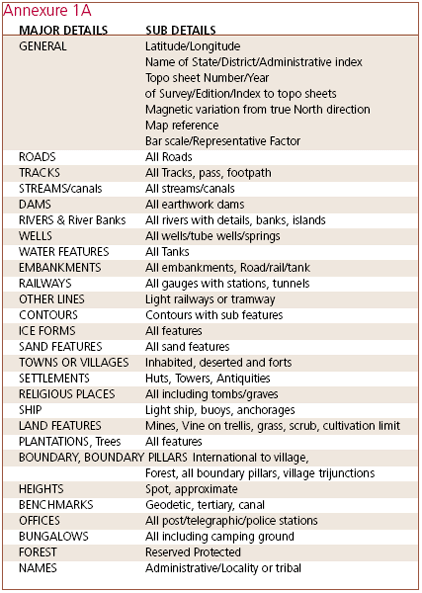Articles tagged with: N K AGRAWAL
In general, measurements are only “legal” if they are “traceable” to primary standards of measurement. A GPS measurement is “legally traceable” if: (i) it is carried out using the various test/calibration procedures as required by the Guidelines, and; (ii) the survey has followed the “recommended practices for field and office procedures” as described in the Guidelines.
A GPS system testing/calibration program…

The Great Trigonometrical Survey of India was completed in 19th century under leadership of the great surveyors- Lambton and Sir George Everest. It is inconsistent and inadequate. Accuracy of the network is only of the 1st order or less. First order was defined as better than only 1 in 50,000 only. Reference surface and Datum- The Everest Spheroid was given by Sir George Everest in 1830. Center of Everest Spheroid is about a km away from the center of gravity of the Earth; hence it is non-geocentric. Thus it is inaccurate and unsuitable under present circumstances. Leveling network of India has inconsistencies. Gravity observations were not carried out and not taken in to consideration. It was not appropriately adjusted. Indian Absolute Gravity Datum does not exist. Absolute gravimeters have not yet been used to define Gravity Datum in India. Topographical maps are on Polyconic projection. Assumptions and approximations accepted make it a non-projection. The earth is assumed to be fiat and there are no distortions of any kind. The projection has created problems in digitization, compilation and integration of maps. Design of the Grid adopted in India is not satisfactory. Distortion at central parallel is 1 in 824, which is quite high. There is archaic Restriction policy, which is not transparent and hinders research and development India has to make a choice between chaos and development. These problems have been discussed in detail in this paper. How India should go about to establish new geodetic infrastructure for systematic development and research, has been described in this paper.











 (5.00 out of 5)
(5.00 out of 5)